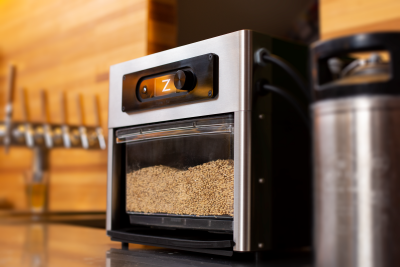How Does Your House Plumbing Actually Work?
Home plumbing seems to be a frequently complicated and perplexing network of pipes, even in the smallest house. But if you take the time to understand how domestic plumbing functions, you’ll realize that it’s actually fairly simple. Plumbing basically involves the basic laws of nature, such as gravity, pressure, and water seeking its own level. With this understanding, you can decipher its “mysteries” and perform a variety of plumbing system repairs on your house. You can spare yourself trouble, time, and money!
Overview of Plumbing System
The plumbing system in your home is divided into two separate subsystems. Freshwater is supplied by one subsystem, and the other hand wastewater is removed by another. As it reaches your home, the water supply is under pressure. It enters your house with enough force to go upstairs, around corners, and other necessary locations. Your home’s water supply passes via a meter, which keeps track of how much you use. The main water shut-off valve is typically placed close to the meter. It’s critical that you act immediately to close the main shutoff valve in case of a plumbing disaster. Otherwise, your home could quickly become flooded if a pipe bursts. However, if an emergency, such as a leak, is contained in a sink, shower, or toilet, you might not want to switch off your entire water supply. As a result, the majority of fixtures ought to have independent stop valves.
It’s important to have some basic knowledge about the way plumbing works in your house, just so you are aware of different signs that you should pay attention to for the purpose of avoiding any bigger problems. This is why you should be prepared to contact your nearest plumbing professional.
The Temperature of the Water
For your demands for cold water, water from the main supply is immediately available. However, there is still a step needed for the hot water supply. Your water heater and the cold water system are connected by a single pipe. All faucets, outlets, and appliances that need hot water are served by a hot water line that extends from the heater. The heater’s thermostat controls how frequently the heating components are turned on and off to maintain the setting you choose. The typical setting for a residential water heater is between 140 and 160 degrees Fahrenheit (60 and 71 degrees Celsius); however, 120 degrees Fahrenheit (49 C) is typically sufficient and also more cost-effective. Although many of these have a water heater inside of them that raises the temperature another 20 degrees F, some automatic dishwashers require higher-temperature water.
Drainage Systems
With no overlap between them, the supply and drainage subsystems are two separate activities. However, there are bridges that connect the two, and it is because of these bridges that the plumbing system is useful. Any connection between the supply and drainage systems is known as a fixture in the plumbing industry.
Fixtures include bathtubs, sinks, and toilets. A washing machine and an outside faucet are further examples of fixtures. The supply and drainage systems are kept perfectly separate by all fixtures, which are devices that draw freshwater and discharge wastewater.
You don’t have to cut off the main shutoff to repair some fixtures because they feature independent supply shutoff valves. However, make sure that everyone in the family is aware of where the main shutdown valve is located and how to operate it. To make sure that everyone can find the main shutoff valve, you might want to tag it. Always switch off the water supply to the fixture or the main shut off before starting any plumbing repairs.
Conclusion
All of the parts of your plumbing system must be in working order for the water to flow correctly and leave your property. Of course, now is the time to go around and look at those pipes, valves, and traps around your home if you want to completely comprehend your water system (without trying to disconnect them, of course).





